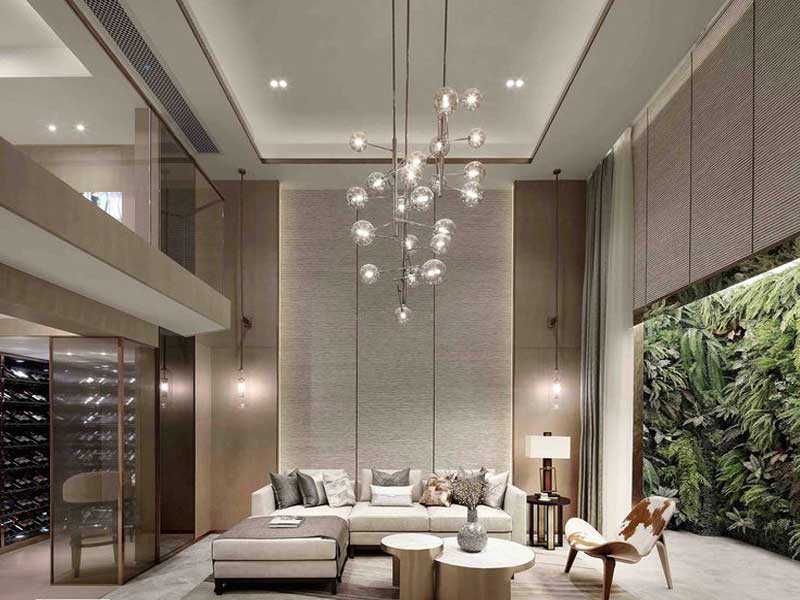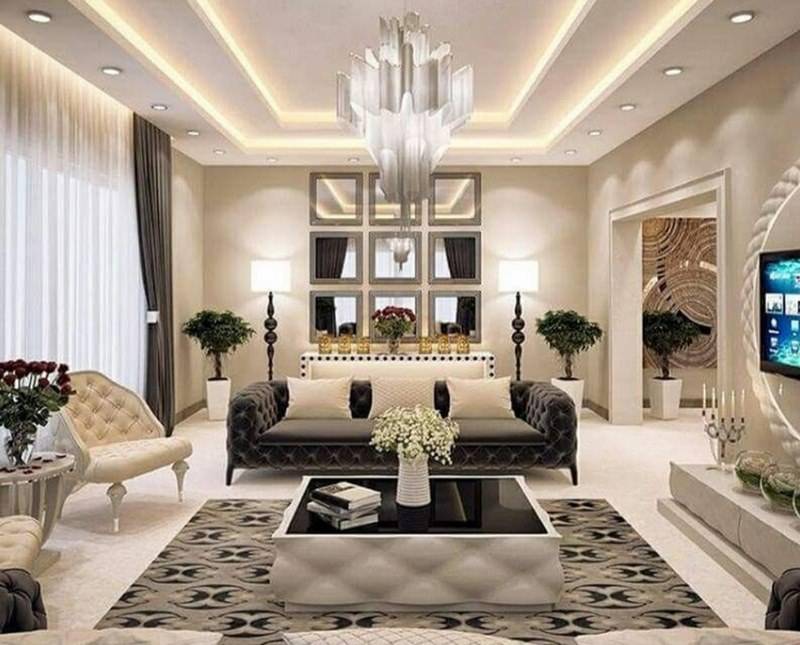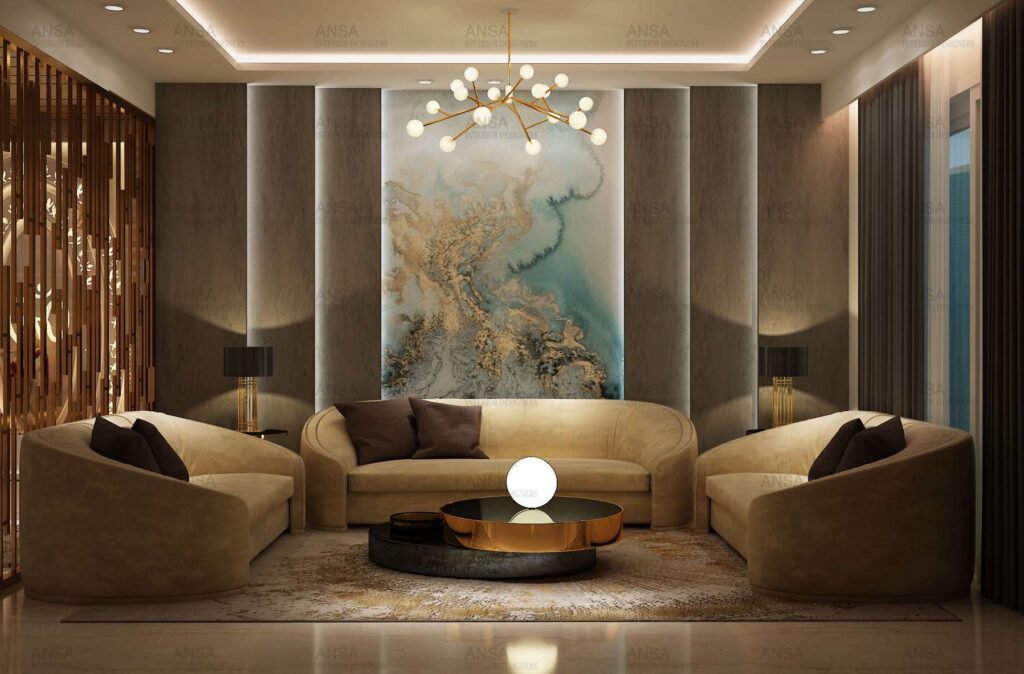For residential and reception lighting, use a combination of ambient, focused, and decorative lighting. Using dimmers to adjust light intensity and choosing quality equipment can help create a beautiful and pleasant space.
The impact of professional lighting on reception
Professional lighting in reception increases visual appeal, creates a pleasant feeling, improves space efficiency, and reduces eye fatigue. By using warm and uniform lights and adjusting the light intensity, you can create a pleasant and comfortable space.
- Increase visual appeal:
Professional lighting can highlight decorative and architectural elements and make the space more beautiful.
Create a sense of warmth and coziness:
Choosing warm and pleasant lights can create a comfortable and pleasant space for guests and family members. - Increase space efficiency:
Proper lighting helps to carry out various activities such as studying, working, and having fun. - Improve mood and atmosphere:
Using different lighting techniques, you can create different moods in the space, including a sense of calm, energy, or even excitement. - Reduce eye fatigue:
Using appropriate and uniform lights can help reduce eye fatigue and provide a better experience of the reception space.

Examining the types of lamps suitable for lighting a reception room
Using the right lamps in lighting a reception room can help create a pleasant and attractive atmosphere. Below, we will examine the different types of lamps suitable for this purpose:
- LED lamps:
Advantages: LED lamps have low energy consumption, long life, variety in color temperature, ability to adjust light intensity.
Disadvantages: Higher initial cost than traditional lamps. - Incandescent bulbs:
Advantages: Warm and pleasant light, low initial cost.
Disadvantages: High energy consumption, short life. - Fluorescent bulbs:
Advantages: Lower energy consumption than incandescent bulbs, longer life.
Disadvantages: Need for electronic ballast, delay in turning on, cold light. - Halogen bulbs:
Advantages: Bright and white light, small size, ability to adjust light intensity.
Disadvantages: High heat generation, relatively high energy consumption. - Compact Fluorescent Lamps (CFL):
Advantages: Low energy consumption, long life, variety in color temperature.
Disadvantages: Delay in turning on, sensitivity to ambient temperature.

Important principles in hall and reception lighting
Proper lighting and reception lighting can help improve the attractiveness and usability of these spaces. Here are some important principles of lighting in these spaces:
- Variety of light sources:
Use different light sources such as ceiling, wall, table and pedestal lights to create multi-layered and diverse lighting. - Use dimmers:
Use dimmers to adjust the light intensity based on need and create different moods in the space. - Pay attention to color temperature:
Choose lamps with the appropriate color temperature (between 2700K and 3000K) to create warm and pleasant light. - Uniform light distribution:
Adjust light sources so that light is evenly distributed throughout the space and inappropriate shadows are not created. - Accent lighting:
Use accent lighting to highlight decorative elements such as paintings, sculptures and shelves. - Task lighting: The use of focused light for specific activities such as studying, working, and playing.

5 Attractive Ideas for Living Room Lighting
These ideas can help you light your living room in a unique and attractive way.
- Linear Lighting:
Use linear lights and LED bulbs on the ceiling or walls to create a modern and minimalist effect that makes the space beautiful and uniform. - Pendant Lights:
Install pendant lights with different designs in key points of the room, such as above the dining table, to create focused light and attract attention. - Uplighting:
Use floor-mounted lights or lighting stands to shine light upward and create attractive and different lighting effects. - Smart Lighting:
Install smart lighting systems that can adjust the intensity and color of the light via mobile phone or voice commands to create different moods in the space. - Colored Lighting Filters: Using colored filters to change the color of light and create special and different lighting effects for occasions and celebrations.

 English
English العربية
العربية

















